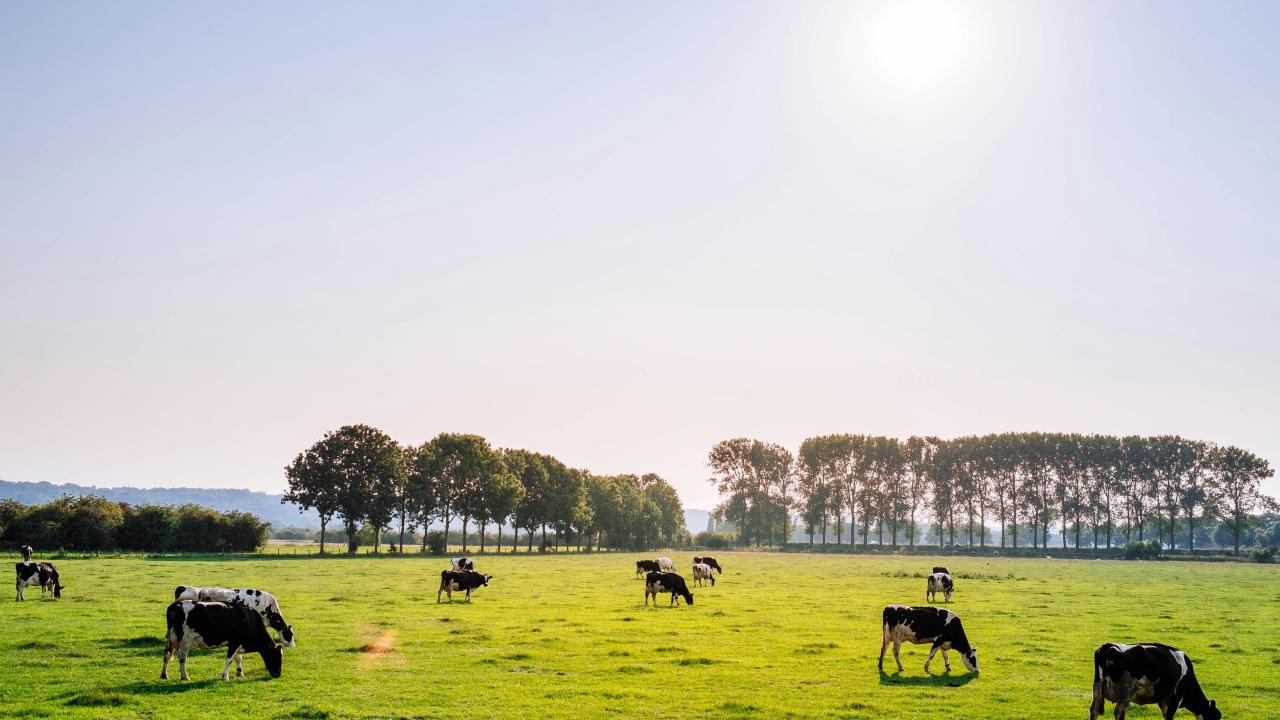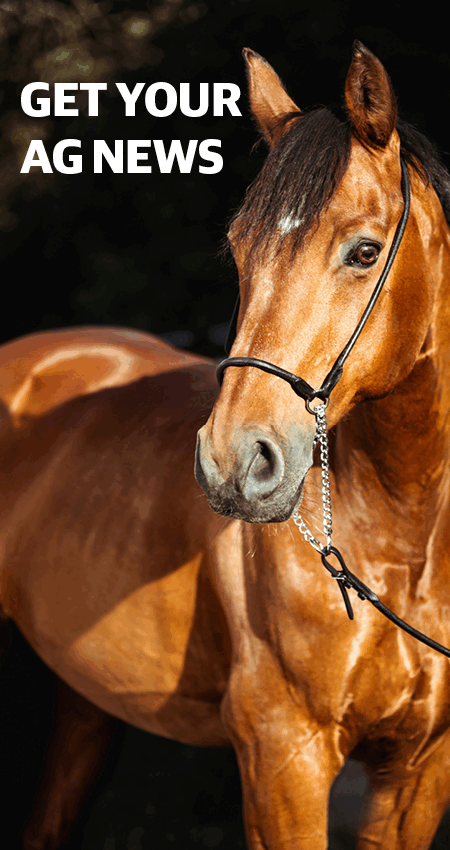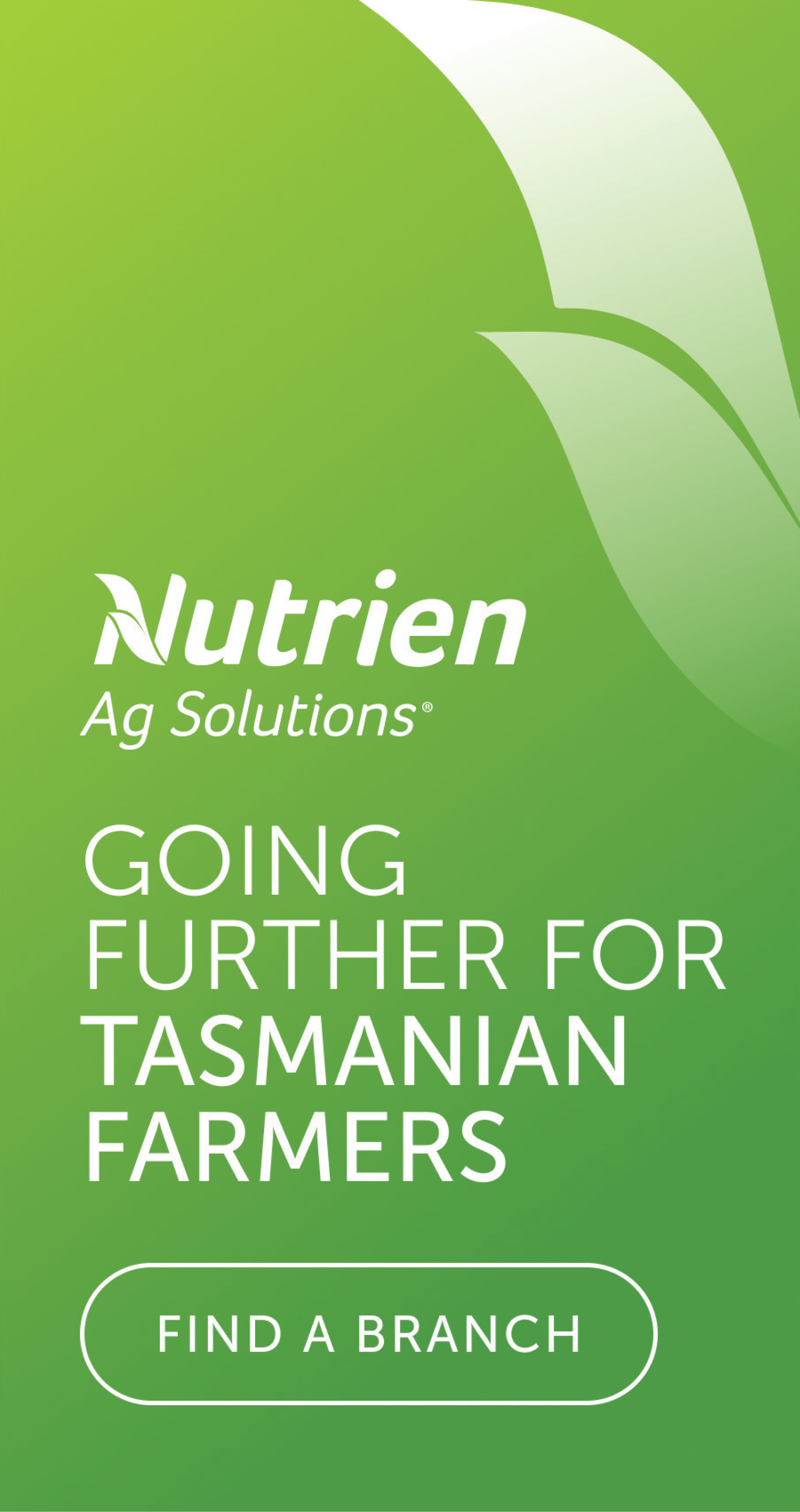Milk production takes a dip

MILK production across Tasmania is down by 4 per cent so far this season.
The latest data from Dairy Australia shows milk production across the state until the end of December was 470.2 million litres down from 489.7 million litres at the same time last year.
While production did increase slightly during December after being down by 4.3 per cent in November it is still the biggest percentage drop across the country for the season so far.
TasFarmers dairy council chairman Geoff Cox said last year’s difficult seasonal conditions could be having a flow on impact.
“I think a lot of that would have come from the poor finish we had for last season” he said.
“In my opinion I think it’s probably come from the fact we had a lack of hay and a lot of farmers probably had lower pasture covers.”
Very dry conditions during spring and summer last year put fodder sup plies under pressure which saw some producers struggling or secure enough hay and silage and others having to purchase fodder imported from main land states at very high prices.
“Autumn last year was pretty tough and winter was tough too with no hay or fodder in Tasmania,” he said.
“I think a lot of farmers probably got their pasture covers quite low and it’s harder to come back with low pasture covers.”
Dairy farmer Grant Archer said the tough season last year would most likely be a factor in this season’s lower production.
“I think one of the biggest things is probably how the cows have come through after that really tough autumn,” he said.
“We were concerned about that, but we’re actually up by 5 per cent but a concern we had was how the cows were going to milk this year.”
Mr Archer said they invested significantly in buying in fodder to ensure their cows maintained condition despite the very dry season.
“I think there are probably a few people who might have baulked at the fodder prices and probably didn’t feed their cows as well as they would have liked to and a fair number might have come into the fresh season a bit lighter in condition than they would ideally want them,” he said.
"That might have affected the pro duction in the early part of the season.”
Mr Archer said a drop in cow numbers across the state may also be a factor.
He said the reduction in dairy operations at Woolnorth, which was responsible for a fairly significant part of the state’s production, along with decisions by people to cull more cows at the end of last year, could also be having an impact.
While conditions during spring much needed rain in early December turned conditions around ensuring most producers harvested reasonable amounts of fodder this year.
“It was certainly a worry until we got that big rain in late November and early December which turned things around,” Mr Archer said.
“We’re certainly better off now than at this time last year, even after the recent hot weather. I presume a lot of people have cut a lot more fodder this year which should mean the second half of the season picks up.”
Mr Cox said while conditions in the northeast where he farms are start ing to dry out, a good autumn break could see production increase for the remainder of the season.




Add new comment